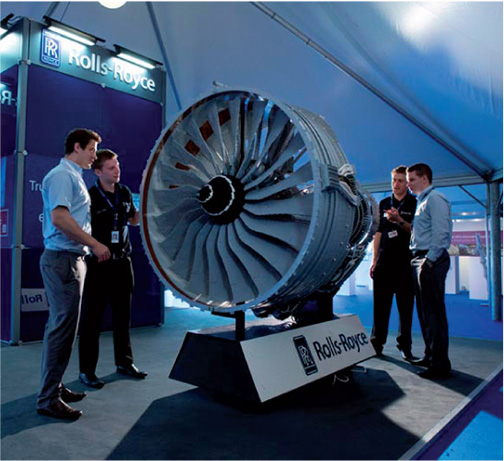2.1 Making shapes and structures
Unlike casting, forming or powder processing, AM does not require a mould or tool to shape the surfaces of an object, and unlike cutting, AM does not involve the removal of material. However, AM does have some similarities to certain joining processes, as you will see later in the course.
To illustrate the ideas of AM, parallels are often drawn between these techniques and creating a model out of Lego. In both cases complex shapes are approximated using a simple shape (Figure 3). In the case of Lego, rectangular polymer bricks are used. In the case of AM, layers of deposited material are used.

Activity 3 Manufacturing a household product using AM
Pick a household product that would normally be made of several separate parts joined together. Write some notes on:
- how you could use an AM approach to make manufacturing of the product simpler or more efficient
- whether there would be little benefit from doing so.
Discussion
The answer to this activity will be very product specific. It may be beneficial to examine products and ascertain how they are manufactured. Additive manufacturing is most suitable for small productions of high added-value pieces and for customized complex components. Many domestic products include mass-produced, simple shapes and additive manufacture may not be the best option.
